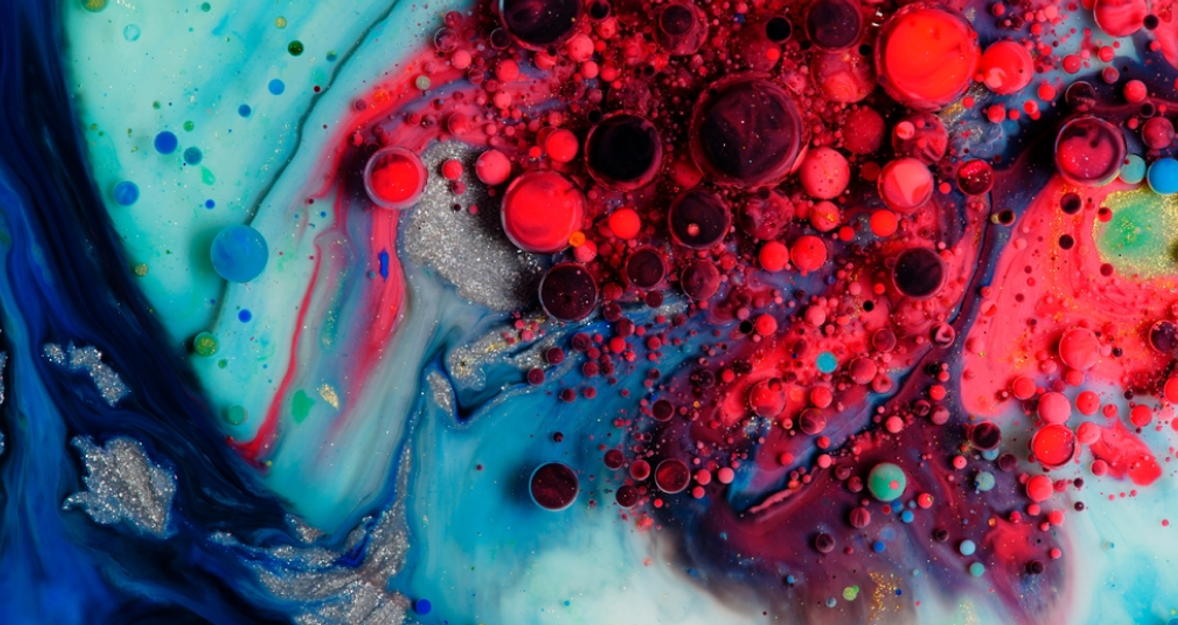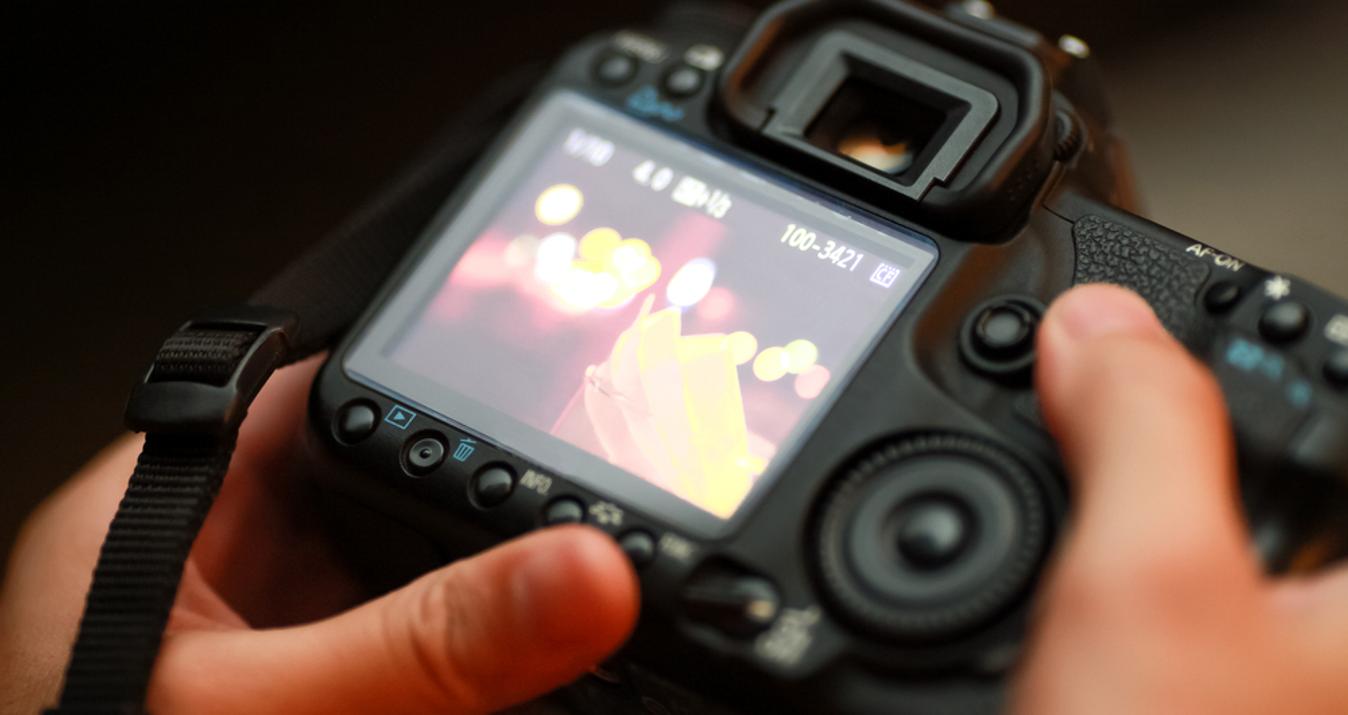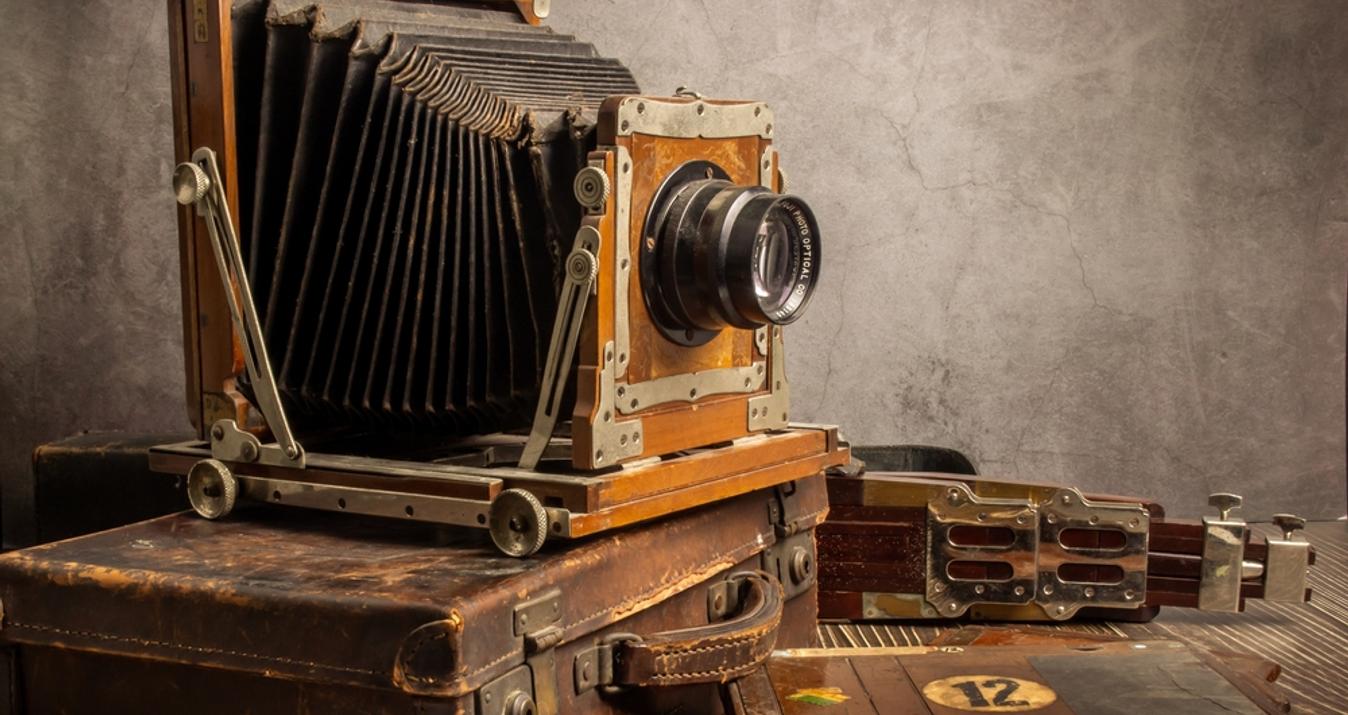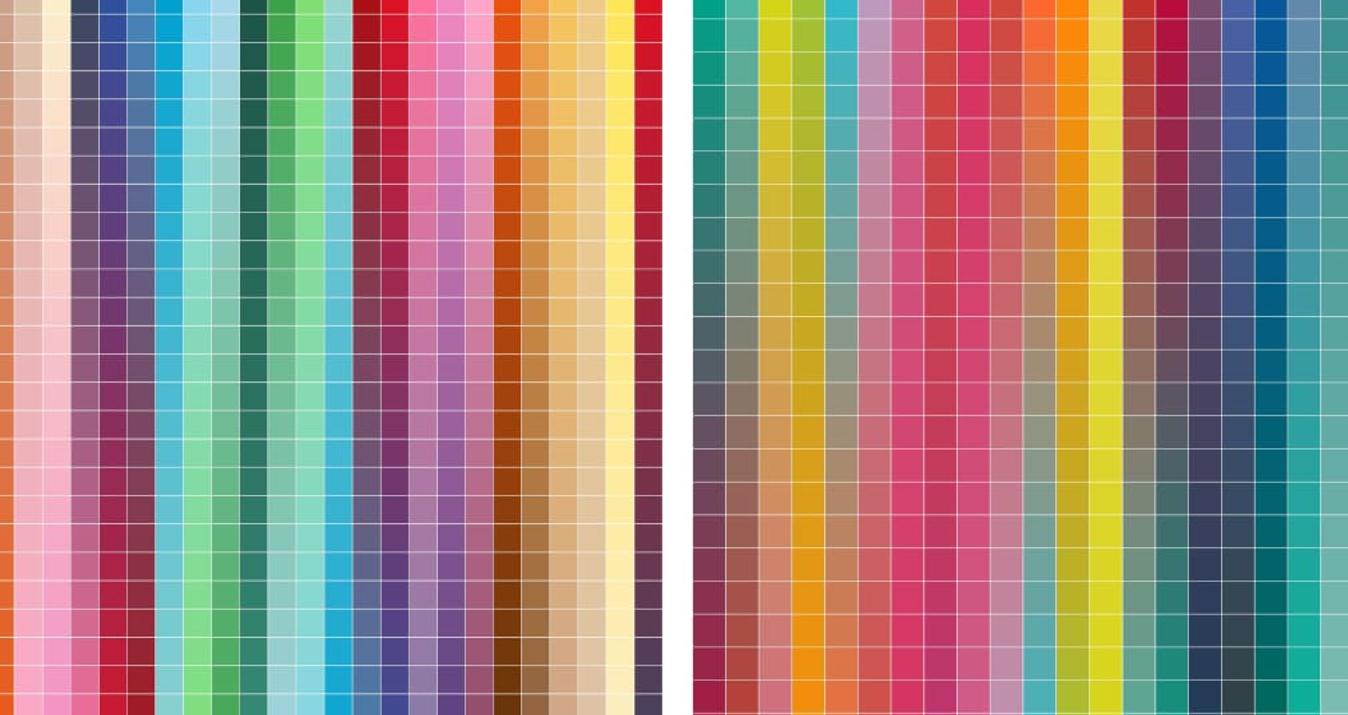What Is Abstract Photography And How To Create Unique Images
October 14, 2025

Abstract photography turns ordinary scenes into visual puzzles. This guide will show you how to make images that feel fresh and mysterious.
When I first held a camera in my hand, I tried to picture the world as it appeared to me, from sunsets to portraits. Over time, I was attracted to something less literal and more about mood and form. That nudged me into abstract photography, where the camera becomes a way to express feeling and vision instead of merely recording scenes. If you’re bored with literal shots and want to explore pure creativity, learning to see rather than just look may be exactly what you need.
What Is Abstract Photography?
 People often ask, “What is abstract photography?” At its core, the definition of abstract photography is that it takes a real subject and strips away its obvious identity so color, shape, line, and texture become the focus. The aim is not to document, but to create a new visual experience. It’s like painting with a camera. A visual abstraction might be a close-up of peeling paint, a blurred streak of light, or the complex shadow cast by a simple object.
People often ask, “What is abstract photography?” At its core, the definition of abstract photography is that it takes a real subject and strips away its obvious identity so color, shape, line, and texture become the focus. The aim is not to document, but to create a new visual experience. It’s like painting with a camera. A visual abstraction might be a close-up of peeling paint, a blurred streak of light, or the complex shadow cast by a simple object.
Abstract photography lies in its departure from literal representation. When you look at such an image, you aren’t meant to say, “That’s a picture of a red chair.” It’s less about what you’re looking at and more about how it hits you: the lines, the color, the flow. The thing itself doesn’t matter as much as the shapes it creates.
To give you some clear abstract photography examples, consider the work of Aaron Siskind, whose close-up studies of urban walls turn mundane textures into powerful graphic compositions, or Ernst Haas’s mesmerizing, out-of-focus color fields. They don’t document a scene or a person; instead, they express ideas through shape, color, and form.
The Key Elements of a Good Abstract Photo
A good abstract photo isn’t just a random blur; it’s a thoughtful, well-balanced image built on solid design principles.
Simplicity
In this type of photography, less often means more. Simplicity helps a photo make a clear statement. Remove extra details, so the viewer focuses on the main element. That might be a single splash of color or a bold geometric shape. Try this exercise and take a photo with only two elements.
Composition
Composition in the abstract context is about creating flow and balance within the frame using non-traditional means. Forget horizons and leading lines in the typical sense. The goal is to make a visually satisfying or provocative arrangement of shapes, colors, and textures. Experimenting with AI photo composition can reveal unexpected visual balances and ideas you might never have tried on your own.
Angle of View
One of the easiest ways to transform a recognizable object into an abstract form is by radically changing your angle of view. Get above, below, or right on top of your subject. Learning to work with unusual angles can turn everyday cracks or shadows into compelling leading lines photography examples that guide the viewer’s eye through your frame.
Photographing the way a shadow falls onto an object, instead of the object itself, is a common technique. A bird’s-eye view of a messy construction site, for instance, can flatten the scene into a mesmerizing arrangement of geometric forms and primary colors.
Lighting
Lighting is one of an abstract photographer’s most powerful tools. High contrast can turn three-dimensional forms into flat, graphic shapes. Soft, diffused light brings out subtle textures and color gradients. I use strong side light to exaggerate texture on flat surfaces like sand or stucco.
Harmony
Harmony is the feeling that all the elements in the photo, the colors, the lines, the tones, work together. This doesn’t necessarily mean “pleasant”; it means visually coherent. If you have contrasting colors (like red and green), they must be balanced in a way that feels intentional and impactful, not chaotic.
Mystery
The best images often possess an element of mystery. You look at it, and you’re not immediately sure what you’re looking at, and that’s the point. It engages the viewer’s imagination. This is what truly makes an image qualify and define what is an abstract photo. It’s a riddle solved by feeling, not recognition.
Achieve Retro Chic with the Cross Processing Effect
Try it in Luminar NeoCreating Your Own Abstract Photography
Diving into abstraction can feel daunting because there are no ’rules’ to follow, but there are plenty of starting points. Here are some actionable ideas on how to take abstract photography.
Start with Everyday Objects
You don’t need exotic locations. Look at the mundane objects around you: a rusty pipe, spilled coffee, a crumpled piece of foil. Get close and frame them tightly. The moment you zoom in on a small section of, say, a scratched wooden table, the wood stops being a table and becomes an arrangement of brown, black, and linear texture. This is one of the quickest and most accessible examples of abstract photography you can try right now.
Make Design Elements Work for You
Concentrate your efforts on a single element. Are you drawn to texture? Find a wall of distressed brick, a patch of moss, or the rough surface of a rock, and fill your entire frame with it. Are you after color? Focus on a brilliant red fire hydrant and blur the background to turn the image into a study of pure chroma. This deliberate focus is one of the most effective abstract photography tips.
Go Macro
Macro photography is a natural gateway to abstraction. By getting extremely close, you reveal details invisible to the naked eye and simultaneously erase the object’s context. The head of a pin, the intricate pattern of a butterfly’s wing, or a drop of water all become alien worlds of line, shape, and color.
Capture Through Objects
Place something transparent or translucent between your lens and the subject: textured glass, plastic wrap, or even a sheet of slightly frosted cellophane. Placing textured glass or translucent materials between your lens and the subject can create effects similar to optical illusion photography, turning ordinary objects into mysterious, abstract forms. This adds diffusion, distortion, and color shifts that instantly turn the image unreal, creating an optical illusion effect.
Record Motion
Motion blur is a powerful tool for abstraction. Slow down your shutter speed while shooting moving water, traffic, or even just panning your camera quickly. The resulting light streaks and blurred forms smooth out edges and transform color into almost painterly images. It takes time to master these techniques, but the payoff is worth it.
Master the Art of Less
One of the most valuable abstract photography techniques is learning what to leave out. Every time you lift your camera, ask yourself, “What can I remove from this frame?” The less context you give, the more abstract the image becomes. Using an AI image cropper tool can help you rapidly test extreme crops to find the purest composition hiding within your original shot.
Customize Your Lighting
Instead of relying on available light, take control. Use flash, reflectors, or even a small flashlight to create deliberate shadows and highlights. By shining a hard light source onto an ordinary object at an extreme angle, you can make the object’s shadow the primary subject.
Experiment with Different Shooting Styles
Go ahead and break the “rules” of traditional photography. Move your camera intentionally, layer multiple reflections, or use long exposure at night to turn light into motion.
Post-Process Your Images
Post-processing is crucial in abstract photography; this is where you finalize the visual statement. I often choose an auto image editor feature as a starting point, then push the sliders to extremes: high saturation, crushed blacks, or radical changes in color temperature. Don’t be precious about color fidelity; in this art, the color should serve the composition, not the reality. The digital darkroom is the perfect place to explore and refine your vision.
To Sum Things Up
The abstract photography meaning lies in viewing familiar subjects in unexpected ways, highlighting form, color, and line instead of telling a story. It is about exploring, experimenting, and enjoying the process. With curiosity and a camera, everyday items can become remarkable visual compositions. Adjust your perspective, get close, and let creativity guide you. Which simple object will you abstract first?
















